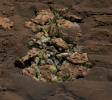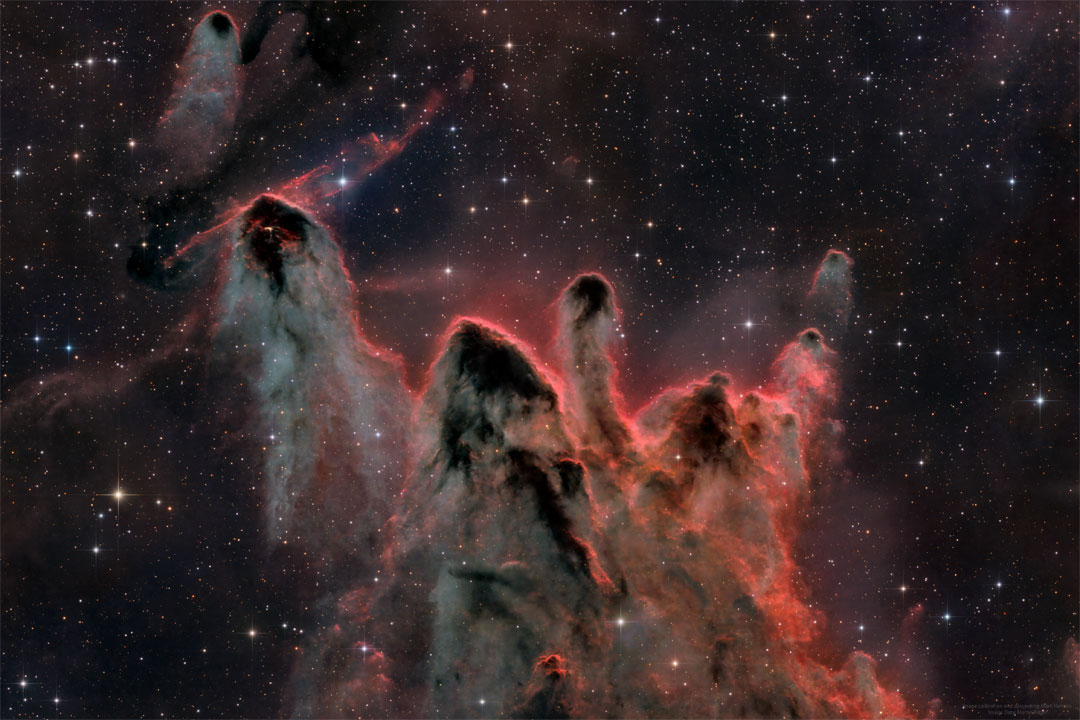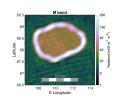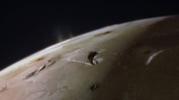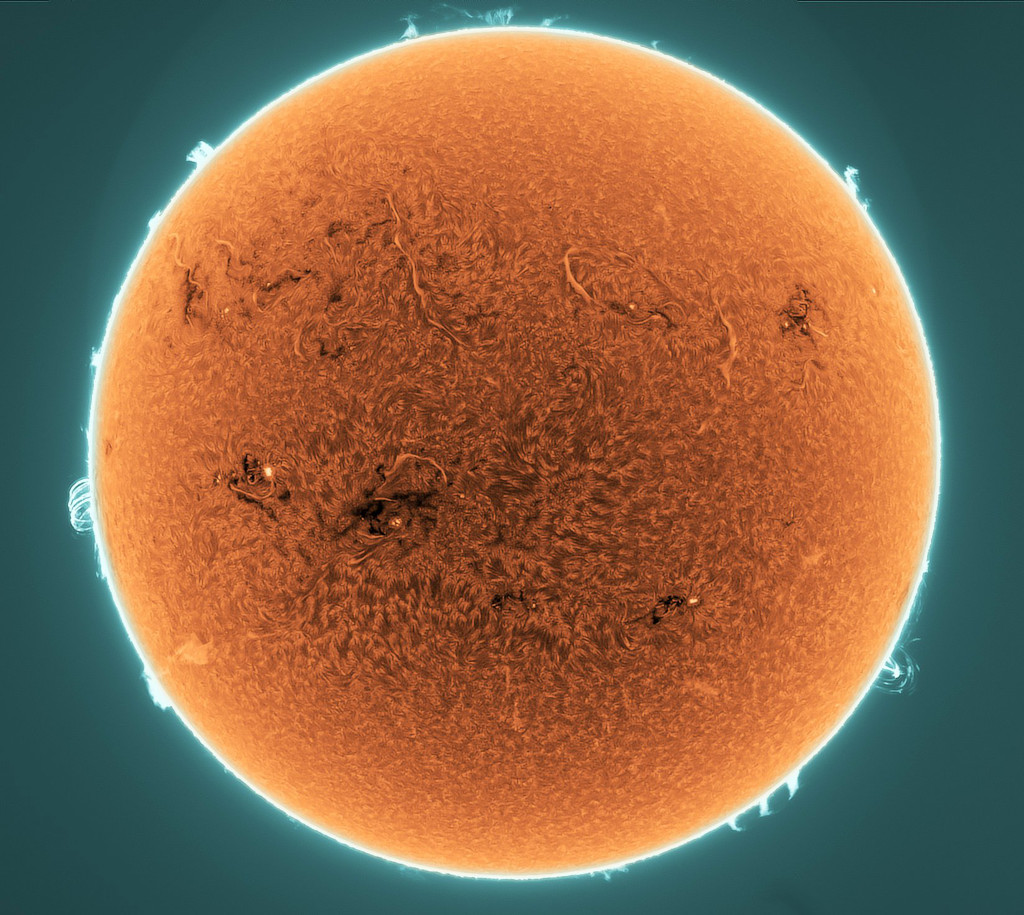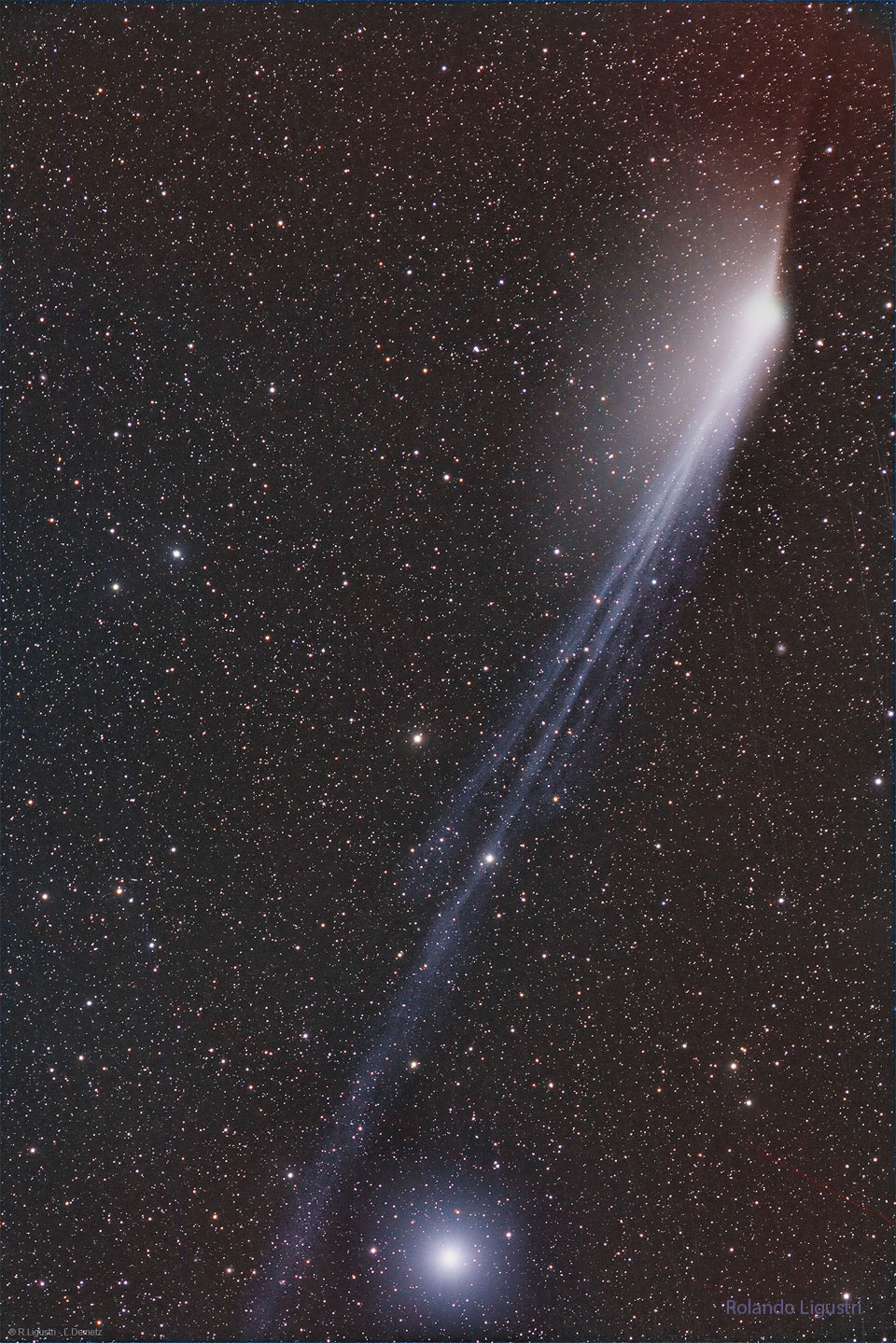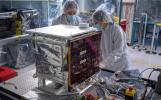In the vibrant style of Pop Art, a child in a spacesuit sits on a crescent moon, playfully engrossed with a pail and shovel. The scene bursts with bold, dynamic hues of red, yellow, and orange, creating a striking contrast against the dark void of space. The child’s spacesuit gleams with sharp, graphic lines, while the moon, depicted in a vivid, fiery orange, exudes a playful, surreal quality. In the background, Earth hovers like a colorful jewel in the sky, rendered in bright, contrasting colors that make it pop. The entire composition is infused with a sense of whimsy and modernity, capturing the imagination in a bold, eye-catching palette.
Read More





